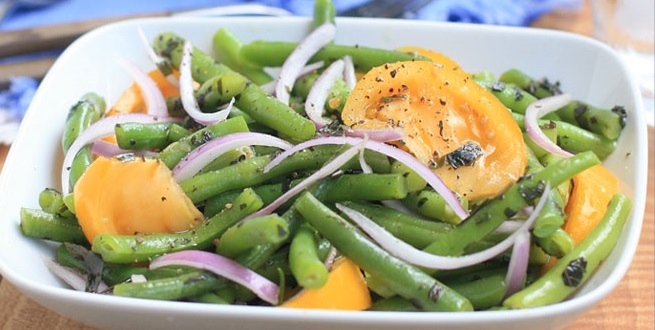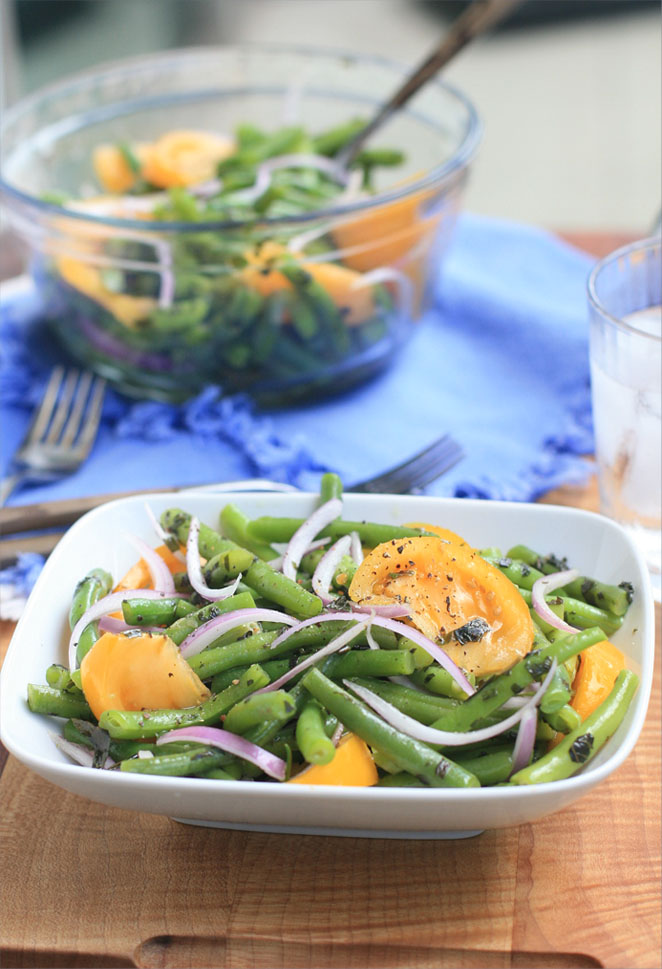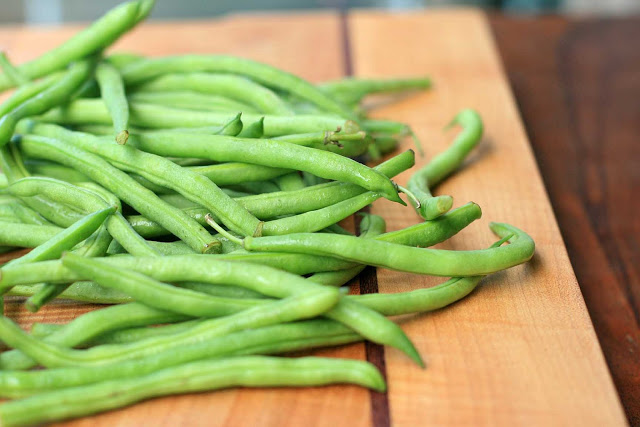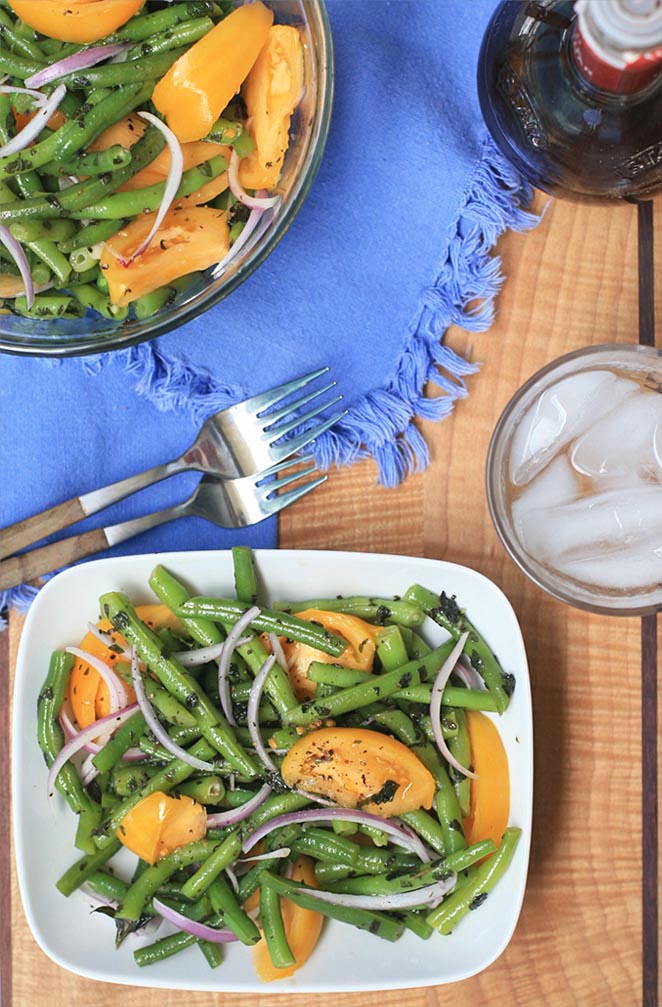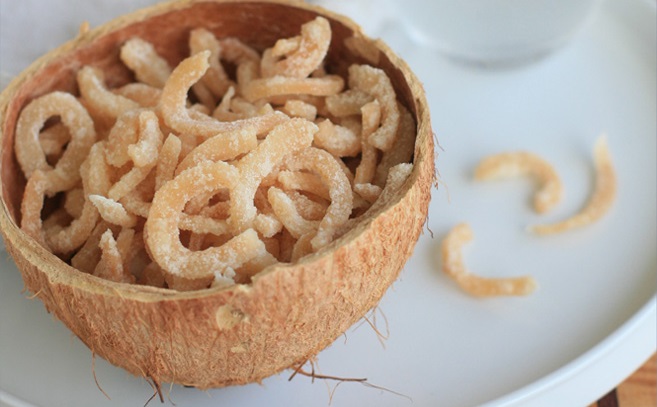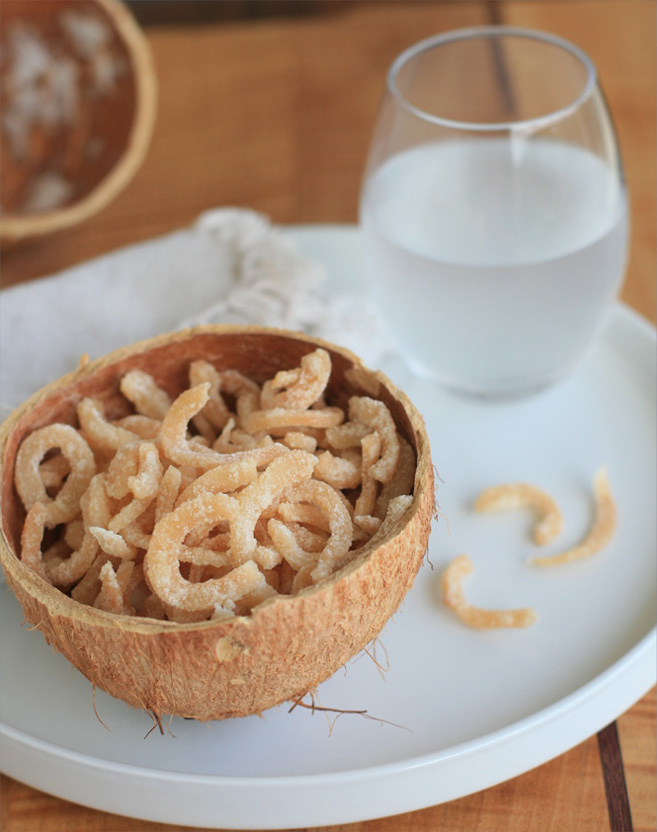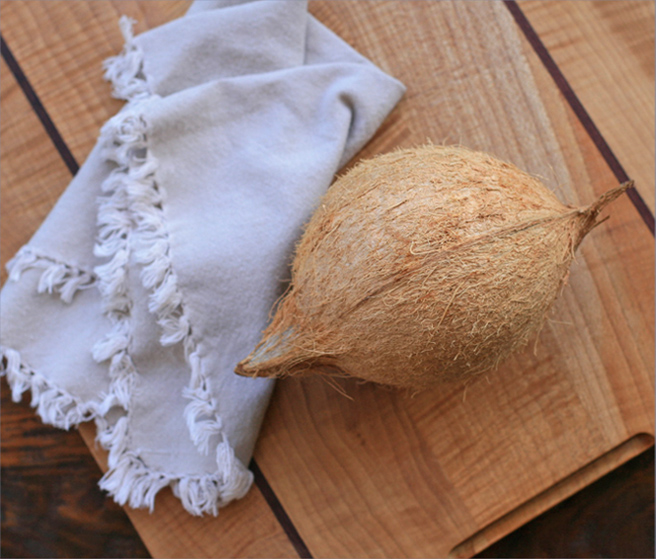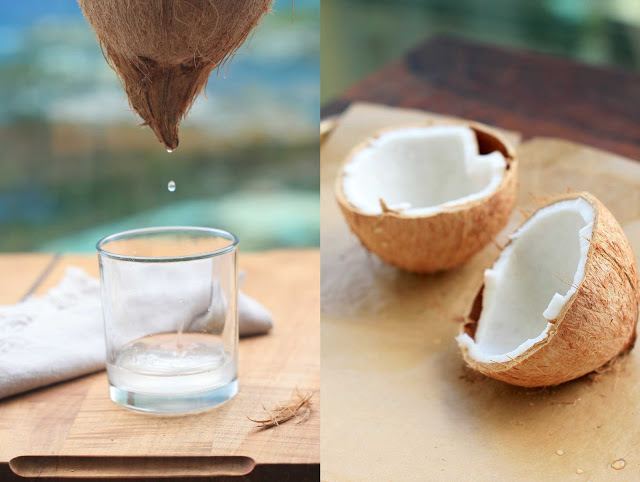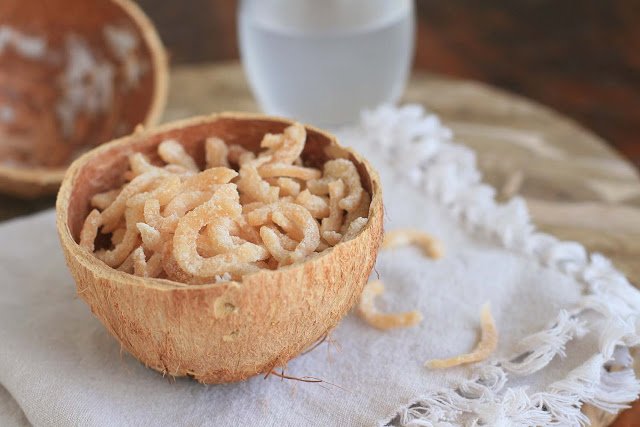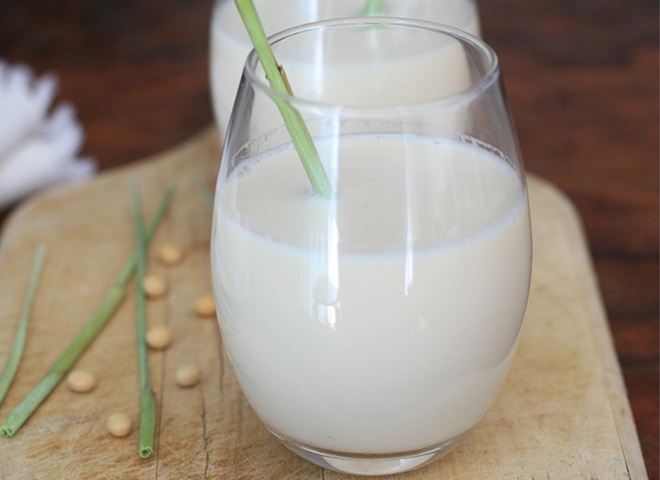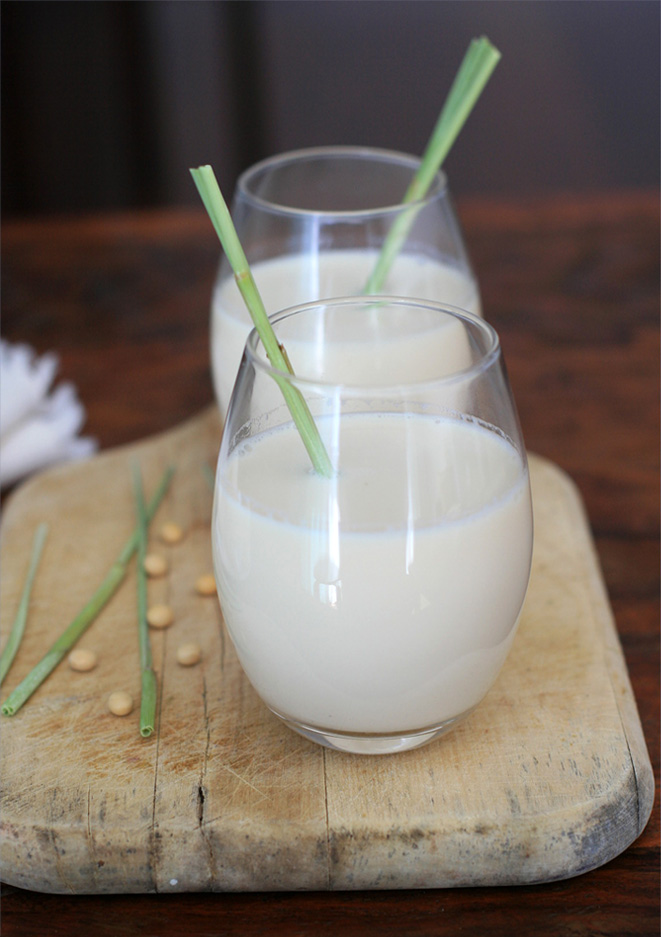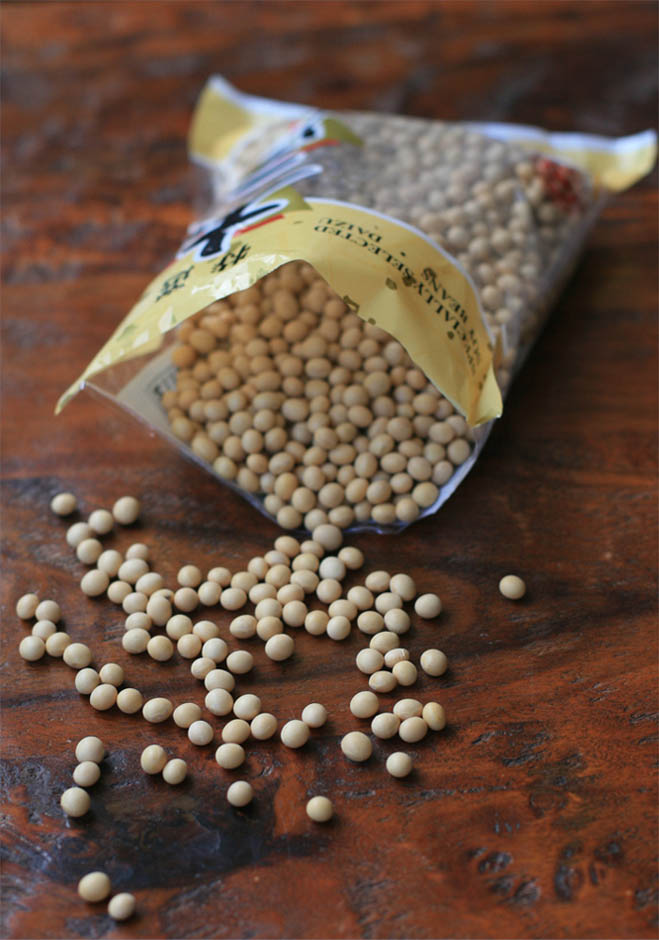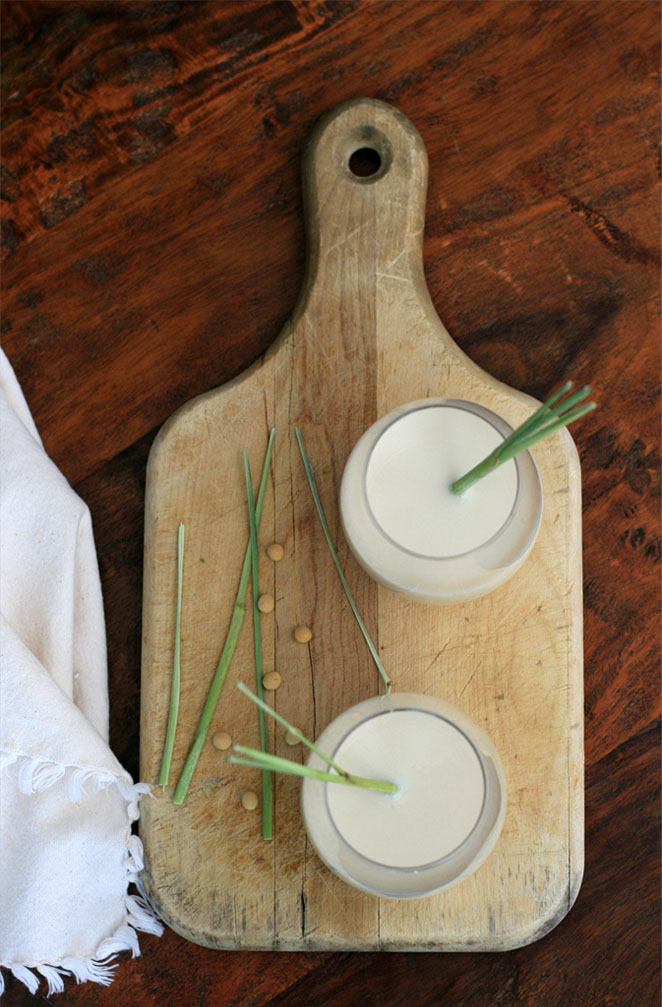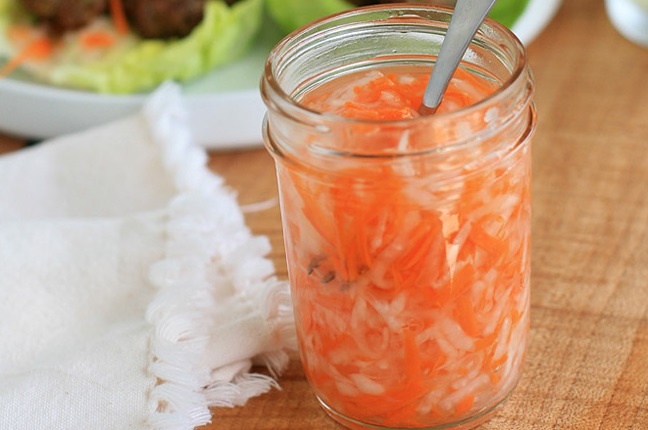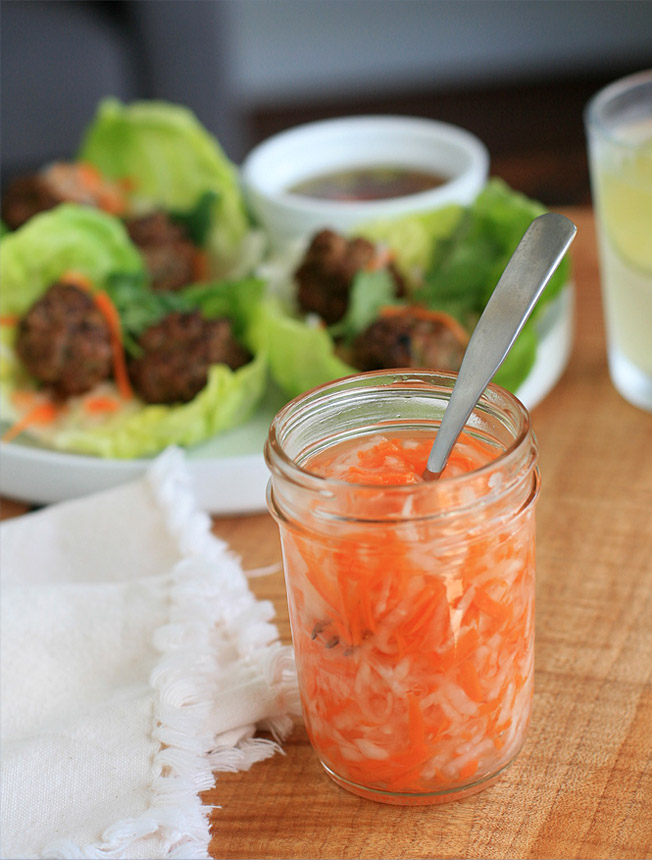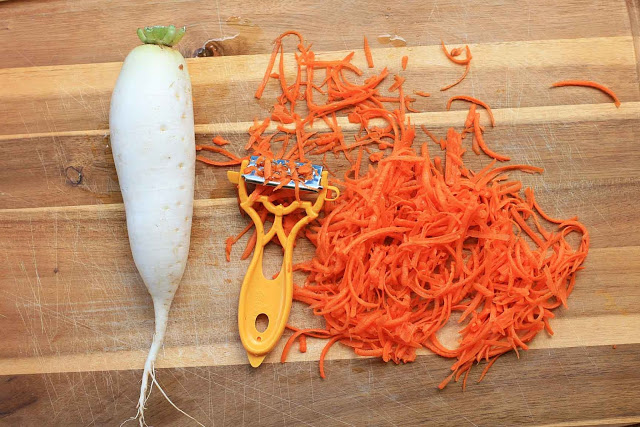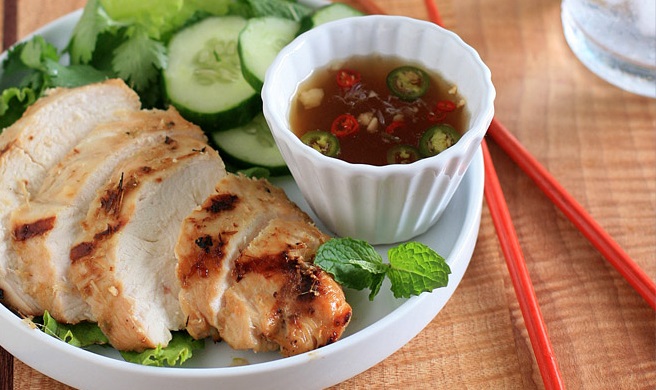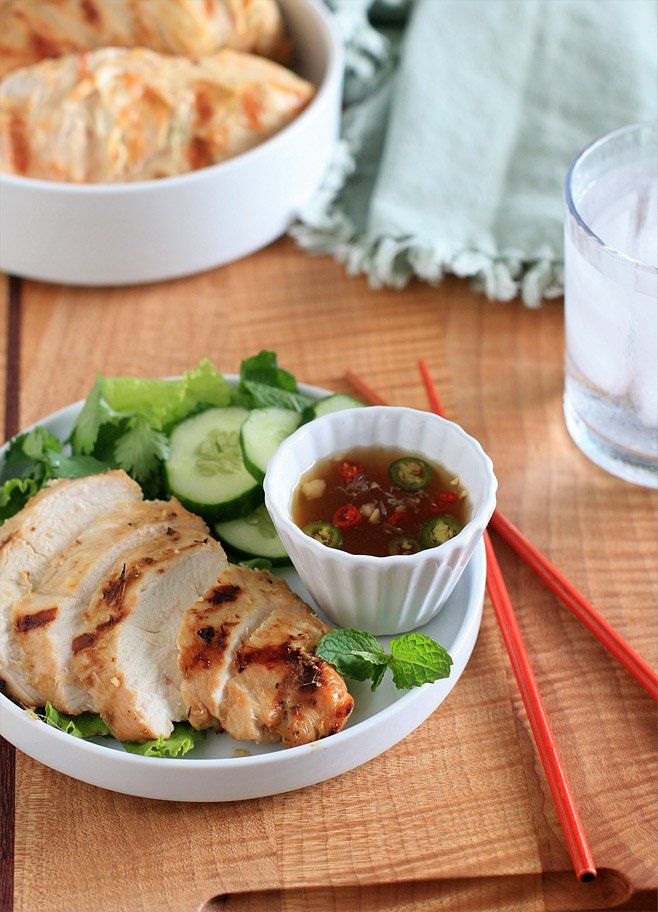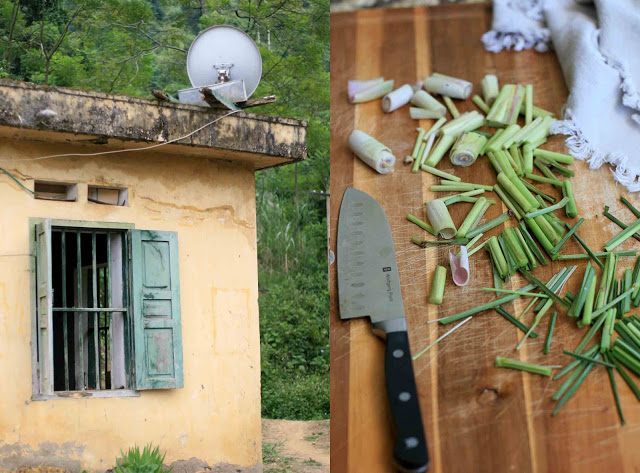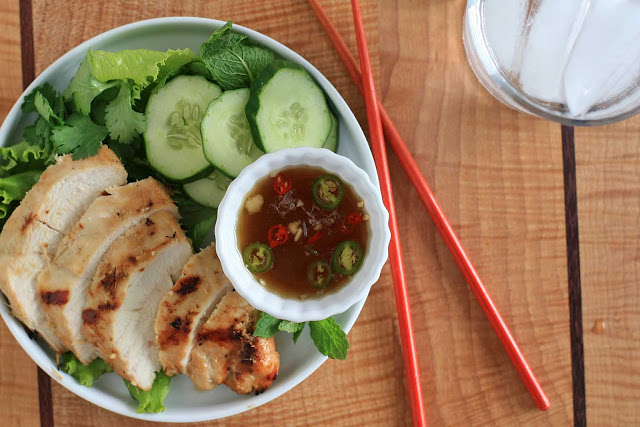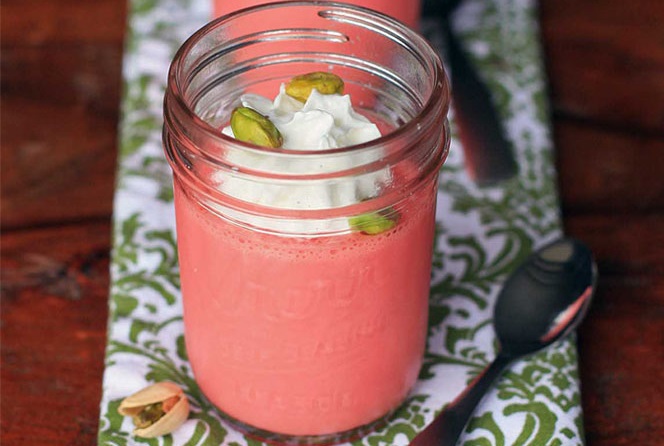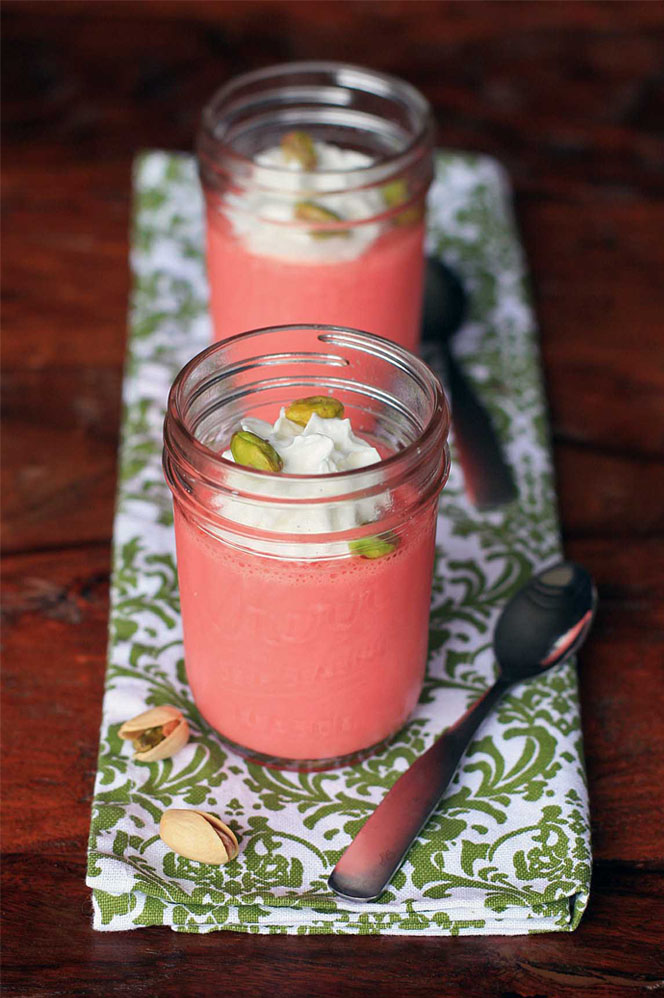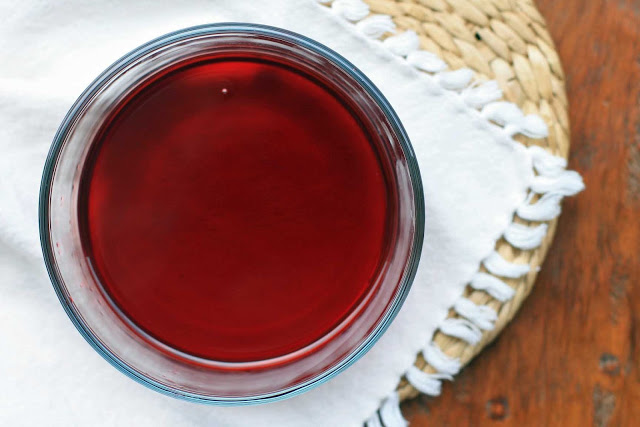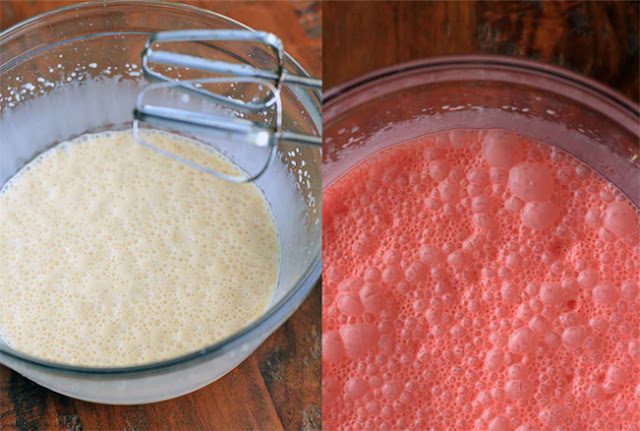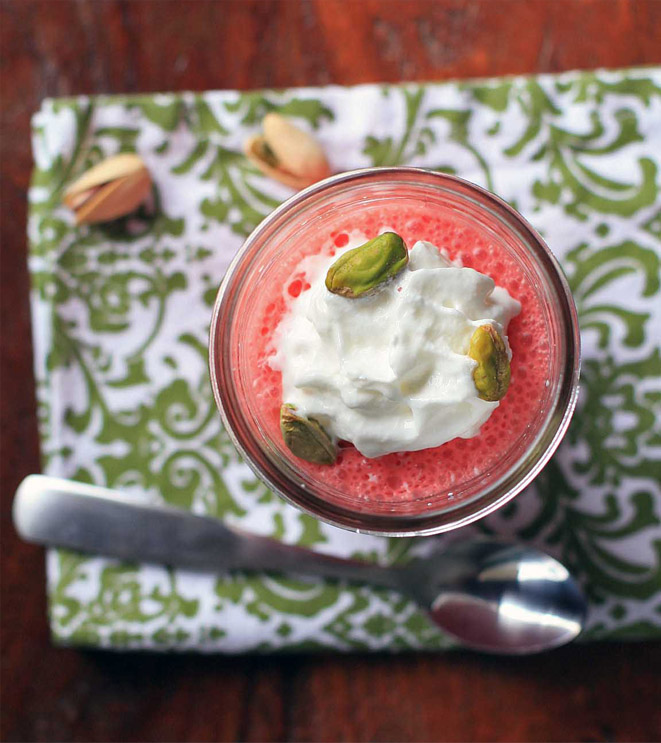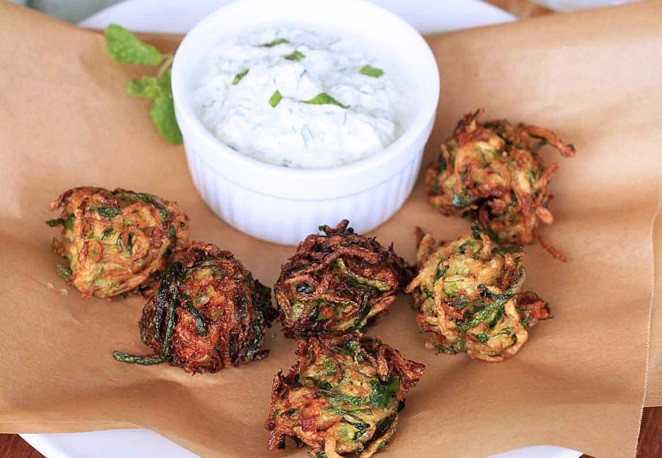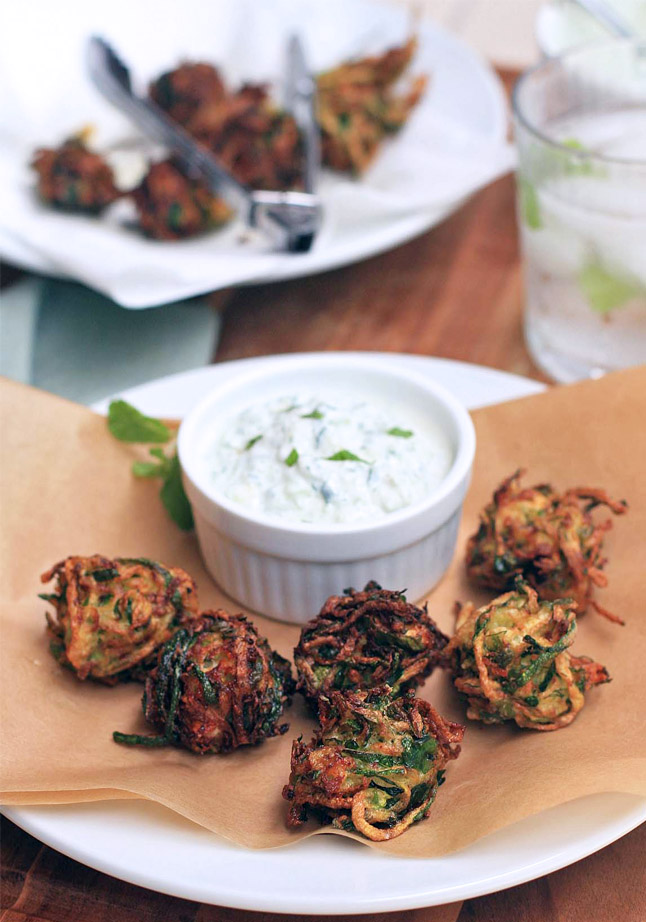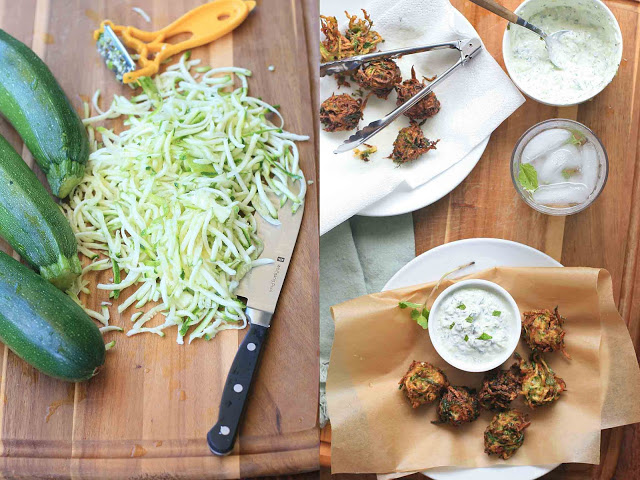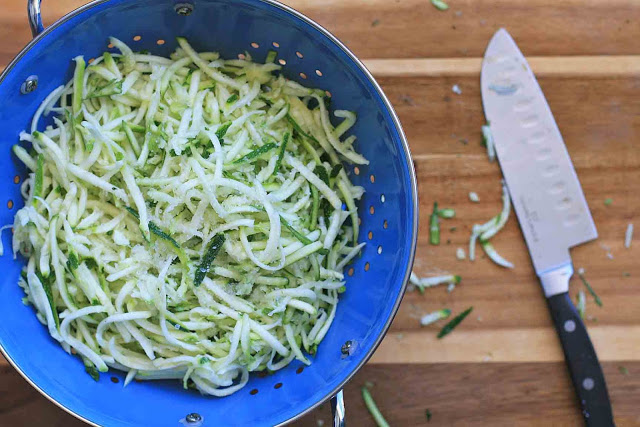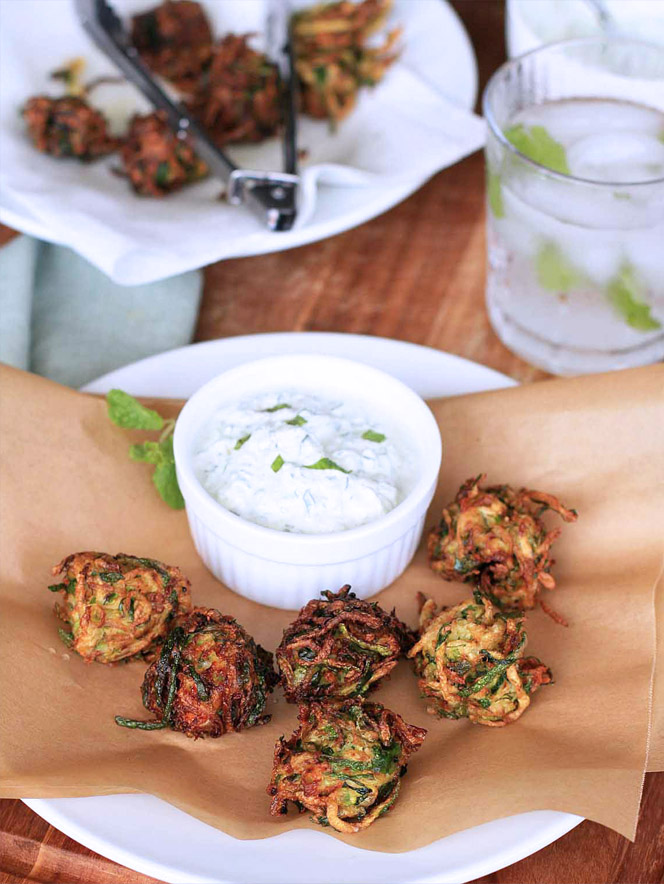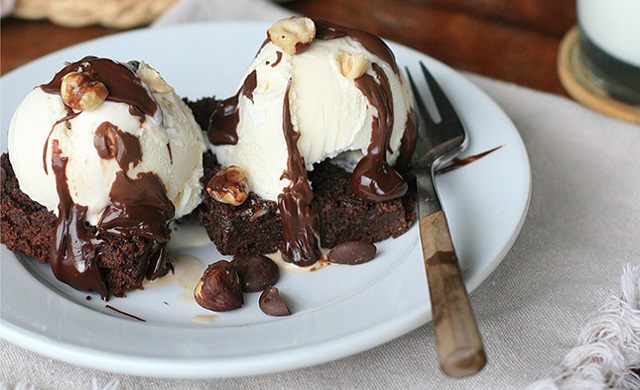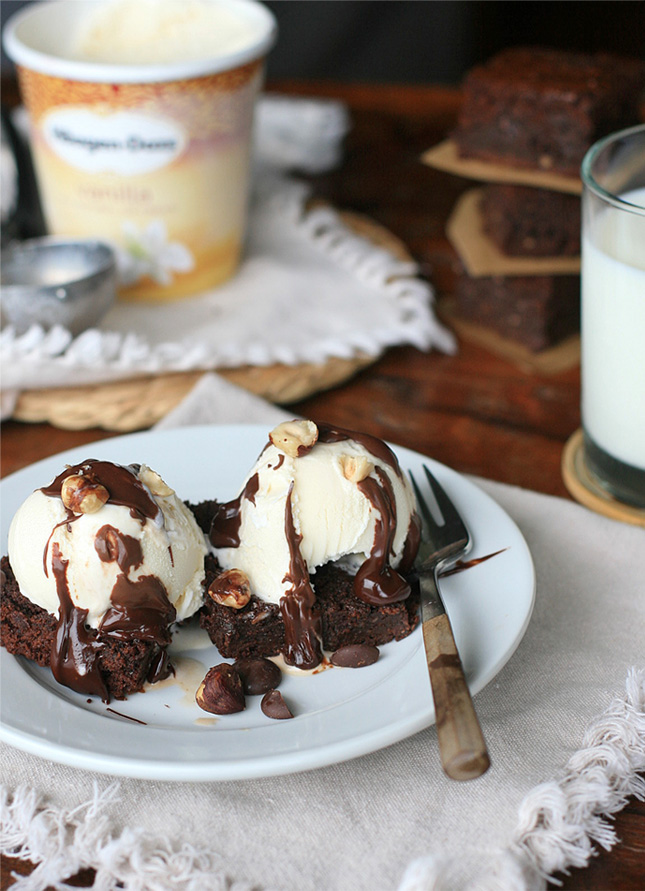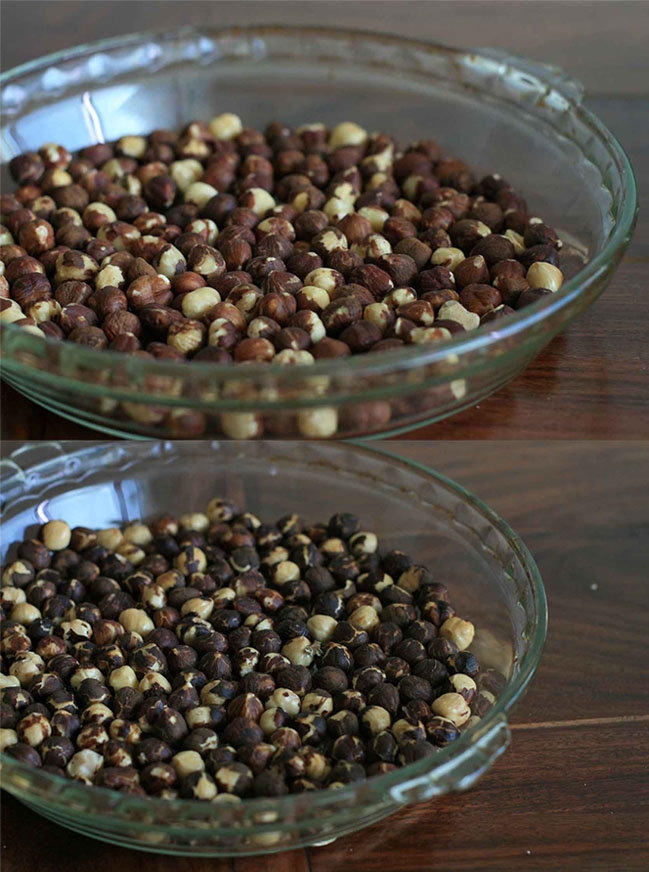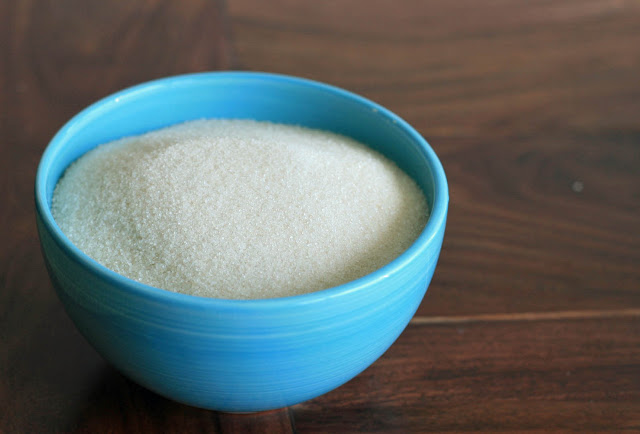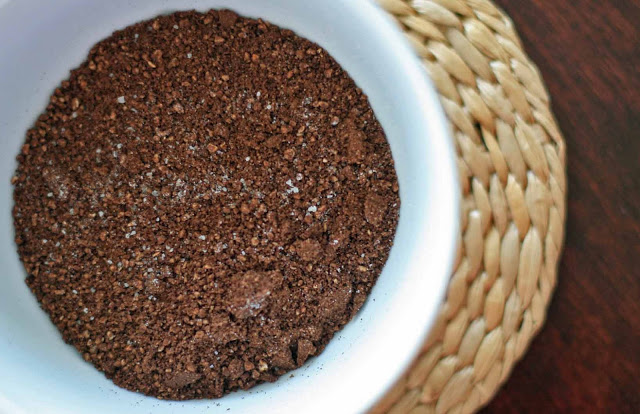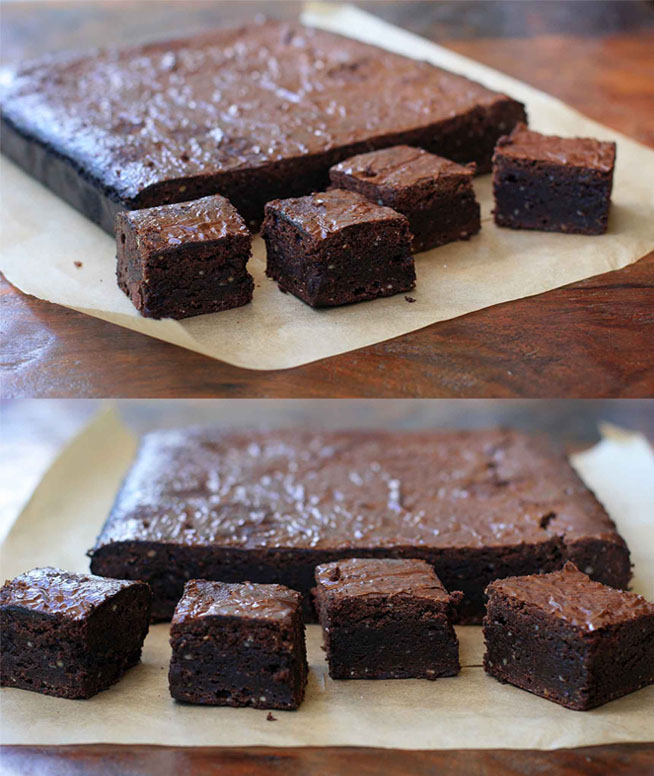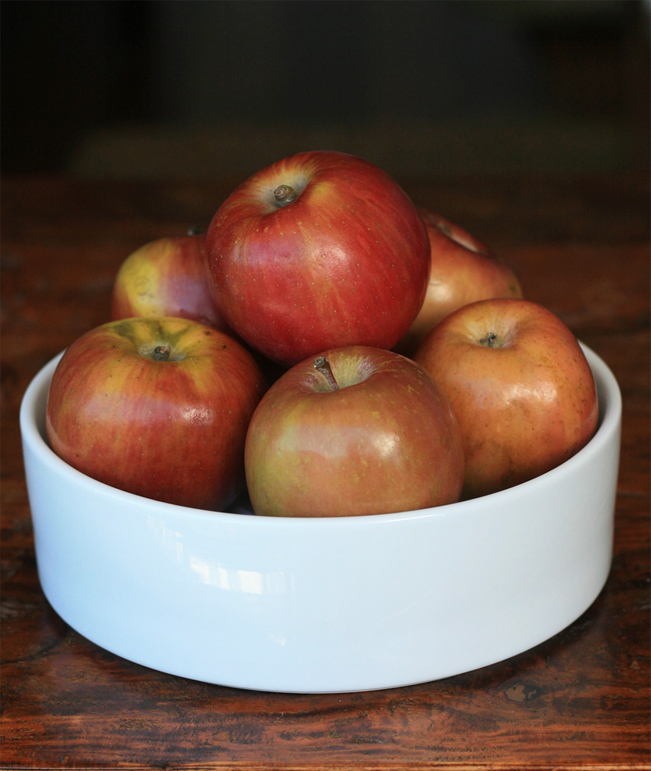 An apple a day keeps the doctor away, right? Well even though I haven’t needed to go to the doctor in quite some time (knock on wood), I still think I’m due for a health tune-up. After all, the absence of disease or sickness is not health. I’ve been relying on caffeine to get through the day, breathing a bunch of paint fumes from some projects around the house, and just haven’t had time for daily, or even weekly, workouts. I think it’s time I gave my body a little TLC.
An apple a day keeps the doctor away, right? Well even though I haven’t needed to go to the doctor in quite some time (knock on wood), I still think I’m due for a health tune-up. After all, the absence of disease or sickness is not health. I’ve been relying on caffeine to get through the day, breathing a bunch of paint fumes from some projects around the house, and just haven’t had time for daily, or even weekly, workouts. I think it’s time I gave my body a little TLC.
And so it’s time for my semi-annual cleanse. Per usual, nothing to drastic… I’ll just be cutting out sugar, dairy and caffeine and trying to up my intake of fruits and veggies. For me, these cleanses are a great reset, almost like the human equivalent of turning off your computer and rebooting when you’re experiencing little issues.
And even though the temps are still in the mid 80s around these parts, I’m planning on making and posting lots of warming, hearty soups, stews and grain salads. If you’re anxious to get started on your own cleanse or detox, here are some recipes from the archives that may fit into your detox or cleanse plans.
Cleanse/Detox:
- Almond and Apricot Quinoa
- Apple and Cucumber Cooler
- Banana, Almond and Chocolate Ice Cream
- Carrot Curry
- Carrot, Ginger and Lime Juice
- Carrot Miso Salad Dressing
- Carrot & Coconut Mutney
- Colorful Asian Slaw with Sweet Miso Dressing
- Colorful Quinoa, Black Bean and Corn Salad
- Cucumber, Lime and Mint Cooler
- Date with Fate Chia Chai Pudding
- Date with Fate Smoothie
- Everyday Detox Salad
- Fragrant Sri Lankan Rice
- Garlicky Kale with Toasted Coconut
- Ginger Carrot Soup
- Healthy Mint Chocolate Ice Cream
- Homemade Chocolate Chip Lärabar with Coconut
- Jamaican Rice and Peas
- Marinated Zucchini Salad
- Mejadra- Lentils and Rice
- Natalia’s Green Lemonade
- Nepali Sesame Cabbage
- Orange Surprise- Apple, Carrot, Celery and Lime Juice
- Peach Ginger Smoothie
- Pear, Parsnip and Lime Juice
- Raw Zucchini Noodles with Sun-Dried Tomato Pesto
- Red Date and Walnut Sticky Rice
- Roasted Cauliflower with Spicy Tomato Sauce
- Roasted Kabocha Squash with Oregano and Mint
- Spinach and Goat Cheese Rolled Omelet
- Thai Vegetable Soup
- Tomato and Watermelon Salad
- Watermelon, Ginger and Lime Juice
- Zucchini and Spinach Pesto
For those of you totally uninterested in cleanse talk or recipes, check back in two to three weeks, when I’ll be back to the normal schedule and jumping into a new-to-me cuisine.
